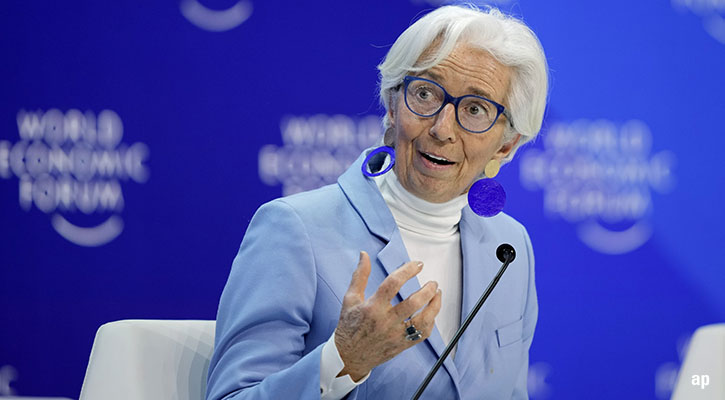UniCredit and Santander Asset Management have announced that they have reached an initial merger agreement to create a global asset manager with around €400 billion in assets under management.

It remains to be seen whether the quality of the fund range will improve

The new holding company will maintain the Pioneer Investments name. As stated in the official press release, UniCredit will own 33.3% of the new company; Santander will own another 33.3%; while the remaining third will be owned by private equity firms Warburg Pincus and General Atlantic. Pioneer´s business in the US will not be part of the new company and will be owned by UniCredit and Warburg Pincus and General Atlantic.
It has also been announced that the top-level management positions will be split, with the CEO Juan Alcaraz coming from Santander and the CIO Giordano Lombardo from Pioneer.
According to Morningstar data, Santander runs around €172 billion while Pioneer manages €225 billion, and both firms saw good growth in 2014, with combined net inflows of more than €25 billion. In Europe, Pioneer capitalized on its fixed-income investment capabilities, gathering more than €6 billion in net inflows, whereas Santander’s European net inflows were largely driven by the success of its cautious allocation and moderate allocation offerings.
The planned merger will create a new, large asset manager with global reach thanks to potential synergies, especially with regards to geographic distribution. This greater scale could provide an edge compared with smaller, local players in terms of geographic diversification, breadth of product offering, costs and margins.
However, from a fund investor point of view it remains to be seen whether the overall quality of the fund range will actually improve. In terms of stewardship of fund investors’ interests from a Parent company perspective, Morningstar has a Neutral view on both Pioneer and Santander fund companies individually.
The deal might well put pressure on competitors to consider further sector consolidation: the European fund management industry is still highly fragmented compared with the US, with more funds but a smaller pool of total assets under management.
Cultural Integration?
Both Pioneer Investments and Santander AM are part of banking groups with a strong distribution network and a wide fund range covering most asset classes. Hence, the firms’ cultures may share some similarities, although it´s very difficult to predict how well they will integrate and settle down.
Regarding pricing, both firms´ fund ranges are slightly more expensive than average, considering non-institutional funds available for sale in Europe. The new entity is likely to compete internationally with the largest players in the industry.
We believe the new entity will benefit primarily on three levels: scale, distribution and knowledge sharing. In terms of distribution there is probably limited overlap, as Santander has a strong presence in Latin America, Spain and the UK, while Pioneer is focused on Germany, Austria, Italy and the US.
How Do They Fit Together?
On the fixed-income side, the fund range is highly complementary, as Pioneer has three well-resourced teams in Boston, Dublin and London, respectively, for US, European and emerging markets, while Santander is mostly focused on EUR- and GBP-denominated debt through the teams based in Madrid and London, plus local offerings in countries like Brazil, Mexico and Chile.
Pioneer currently distributes a total of 128 bond funds in Europe, compared with 45 for Santander. In our view the well-established investment process in place for Pioneer’s flagship bond strategies is unlikely to suffer substantial changes following the firms’ integration, although it is still too early to have clear visibility.
We note that for Santander’s European fixed-income funds the average Morningstar Rating is 2.68 versus 3.22 for Pioneer’s funds.
Multi-asset funds and European equity strategies represent the main overlaps of the combined firms, so we will follow closely the result of this issue in terms of fund range and investment teams, where duplication of strategies will have to be managed.
We do believe some of Pioneer’s teams have an edge over competitors: the European fixed -income and equity teams, for instance, where Pioneer boasts several highly experienced and skilled investors. In these areas, Morningstar has positive Morningstar Analyst Ratings (Gold, Silver or Bronze) on various funds from Pioneer.
On the other hand, none of Santander’s funds currently covered by Morningstar Manager Research are Morningstar Medalists.
This article is part of a report co-authored by Javier Saenz De Cenzano. The full report can be found here.


























